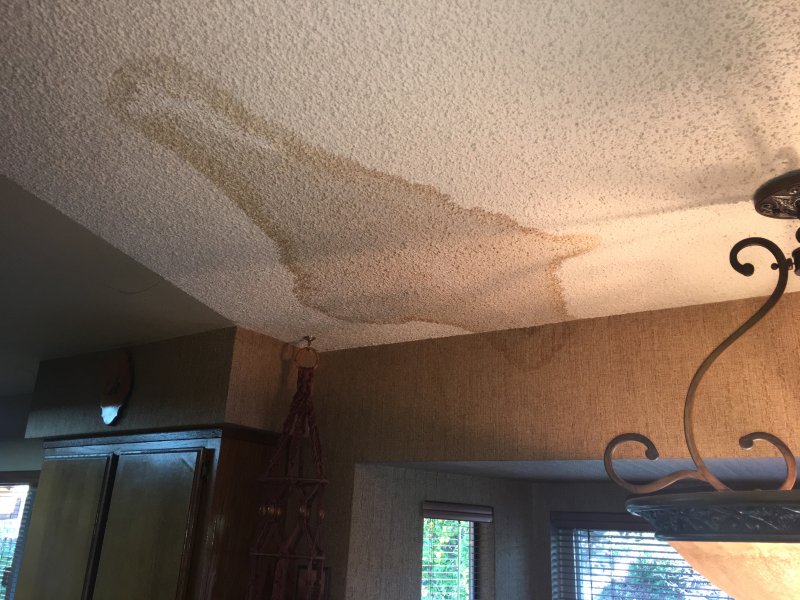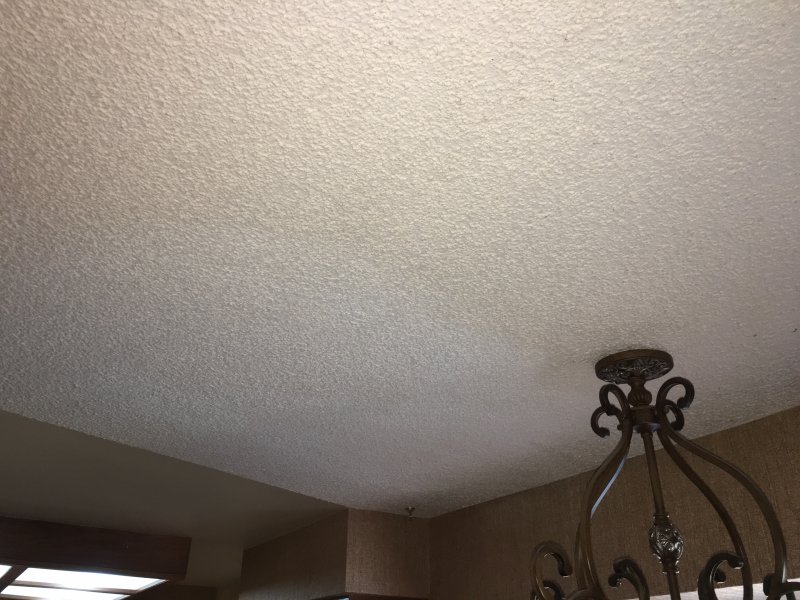Mikey P
Administrator
- Joined
- Oct 6, 2006
- Messages
- 117,054
During a chapter review session this morning it was brought up that perhaps a paragraph or two should be added to address the ever growning trend of Oxy Clean, Sally's, pool and farm supply type Oxidizers.
Techniques for industry specific usage is found elsewhere in the S100 but the committee felt a mention in regards to safety and responsibilities should get some space here:
2.3.2.2 Reduction and Oxidation
It is recommended that cleaning technicians understand that reduction and oxidation is a process in which one substance loses electrons (oxidation) and another gains those electrons (reduction). This may be, but is not always, the result of oxygen moving from one molecule to another. Oxidation and reduction happen together. One substance is oxidized when another is reduced.
A substance that removes oxygen from another substance is referred to as a reducer. A substance that adds oxygen to another substance is referred to as an oxidizer. In cleaning, oxidizers and reducers are referred to as bleaches. There are many types of bleaches, some of which may whiten, brighten or remove color. Some bleaches kill microorganisms and thus eliminate odors.
Bleaches are common ingredients in dye-stain removers. Milder types can be additives to detergents.
Oxidizers gain strength from absorbing UV light. Reactions may gain strength from heat. Fading due to ozone or fumes are examples of redox reactions.
Cleaning technicians shouldmake sure that oxidizers and reducers are never mixed together. The reaction is likely to be dangerous and release a significant amount of heat
________________________________
Everyone other than Marty is welcomed to contribute what they feel would be appropriate.
Tech friendly, succinct and void of Canadian humor would be appreciated.
Techniques for industry specific usage is found elsewhere in the S100 but the committee felt a mention in regards to safety and responsibilities should get some space here:
2.3.2.2 Reduction and Oxidation
It is recommended that cleaning technicians understand that reduction and oxidation is a process in which one substance loses electrons (oxidation) and another gains those electrons (reduction). This may be, but is not always, the result of oxygen moving from one molecule to another. Oxidation and reduction happen together. One substance is oxidized when another is reduced.
A substance that removes oxygen from another substance is referred to as a reducer. A substance that adds oxygen to another substance is referred to as an oxidizer. In cleaning, oxidizers and reducers are referred to as bleaches. There are many types of bleaches, some of which may whiten, brighten or remove color. Some bleaches kill microorganisms and thus eliminate odors.
Bleaches are common ingredients in dye-stain removers. Milder types can be additives to detergents.
Oxidizers gain strength from absorbing UV light. Reactions may gain strength from heat. Fading due to ozone or fumes are examples of redox reactions.
Cleaning technicians shouldmake sure that oxidizers and reducers are never mixed together. The reaction is likely to be dangerous and release a significant amount of heat
________________________________
Everyone other than Marty is welcomed to contribute what they feel would be appropriate.
Tech friendly, succinct and void of Canadian humor would be appreciated.




